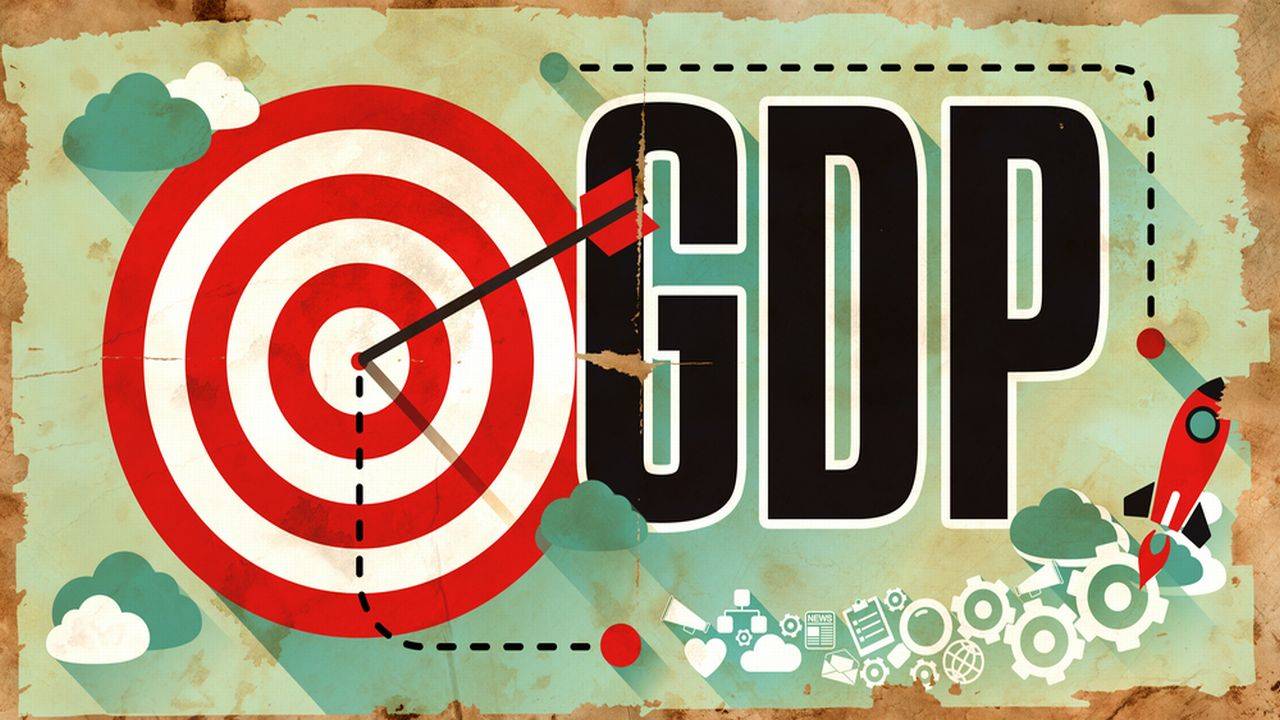India GDP is expected to shrink by a slightly larger margin of 8 percent for the full fiscal year.
After two consecutive quarters of contraction, India's gross domestic product (GDP) in the third quarter of FY21 grew marginally at 0.4 percent, in line with expectations, reaffirming that the economy had managed to exit the COVID-19 pandemic-led slump by 2020-end, according to official data released by the National Statistical Office (NSO) on February 26.
On the same day however, the NSO also said GDP is now expected to shrink by a slightly larger margin of 8 percent for the full fiscal year, compared to 7.7 percent seen earlier. This is due to the rebound in growth of key sectors such as manufacturing, financial services, and real estate being slower than expected earlier, economists say.
However, a comparison between the first advance estimates for FY21 (released on January 7) and the second advance estimates (February 26) shows the reason why GDP for the year, in absolute terms, is expected to decline compared with what was expected in early-January.
In absolute terms, real gross value added for the year is now expected to be Rs 124.11 lakh crore, an increase from the NSO's earlier forecast of Rs 123.39 lakh crore in the first advance estimates. However, net taxes on products (or net indirect taxes) is estimated to be Rs 9.97 lakh crore versus Rs 11 lakh crore seen earlier. This means that as per the second advance estimates, real GDP is estimated at Rs 134.08 lakh crore versus Rs 134.40 lakh crore seen in the first advance estimate.

Net taxes on products are the sum of product taxes less subsidies. Product taxes are those taxes payable by producers that relate to the production, sale, purchase or use of the goods and services. Subsidies are grants on the current account made by general government to private enterprises and unincorporated public enterprises.
Now if one further breaks up the headline real GDP number into its five biggest contributors: Private Final Consumption Expenditure, Government Final Consumption Expenditure, Gross Fixed Capital Formation, Exports and Imports, some clear trends begin to emerge.
Private Final Consumption Expenditure, an indicator of private sector and household contribution to the economy, is expected to be Rs 75.75 crore, just a little over the Rs 75.37 crore seen in the first advance estimates.
Gross Fixed Capital Formation, an indicator of the contribution of infrastructure, is now estimated to be Rs 41.45 lakh crore, a reduction from Rs 37.08 lakh crore seen in the first advance estimates.
As the table shows, the second advance estimates also forecast a higher contribution of exports and imports to the 2020-21 GDP.

However, what the data reveals is that Government Final Consumption Expenditure, which is an indicator of central, state governments, state-owned companies and federal entities'contribution to economic activity, is now expected to be much lower.
From Rs 17.48 lakh crore estimated in the 1st advance estimates, GFCE is now projected to be Rs 15.87 lakh crore. This one indicator has offset increases seen in all other sub-groups.
Hence, one of the reasons why the government now sees a contraction of 8 per cent in 2020-21, compared to 7.7 per cent forecast earlier, is the general government's own lower contribution to economic activity compared to what was forecast earlier.









_2020091018165303jzv.jpg)





























